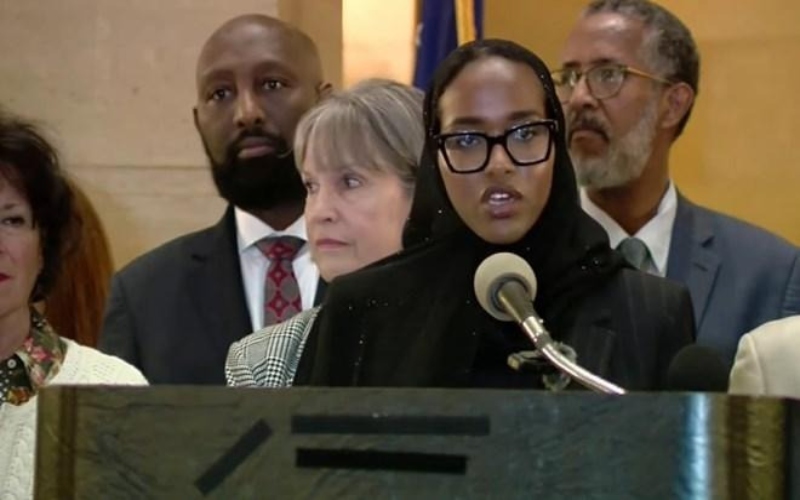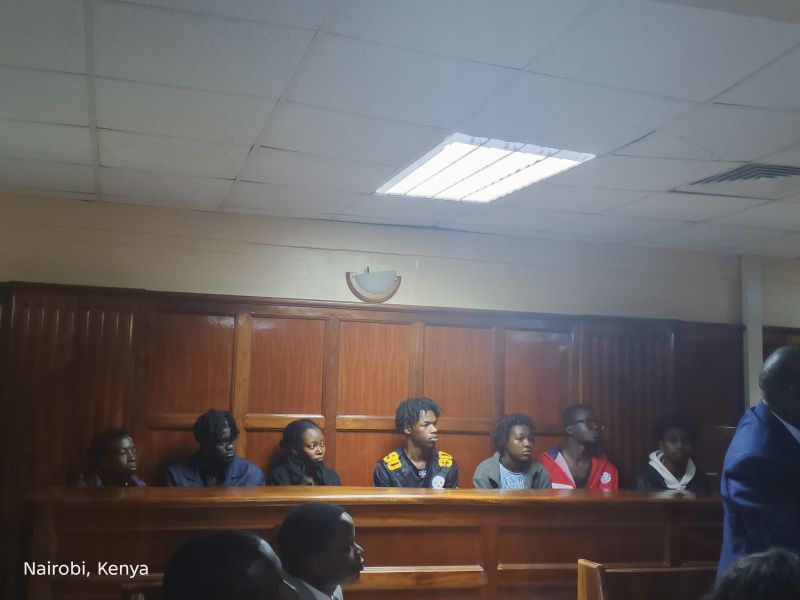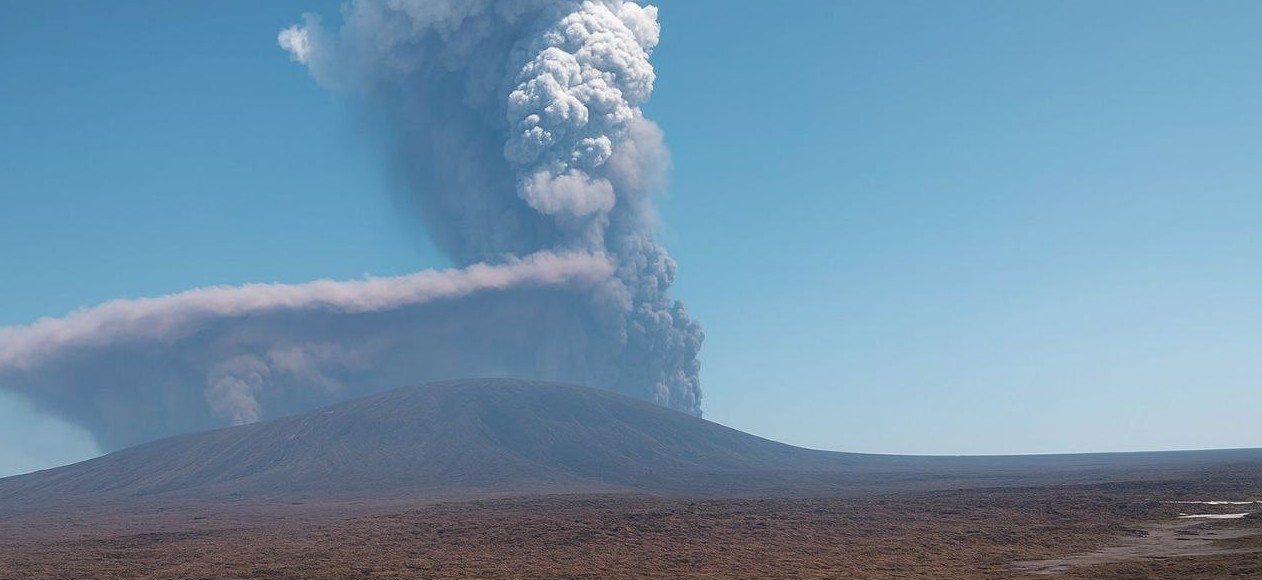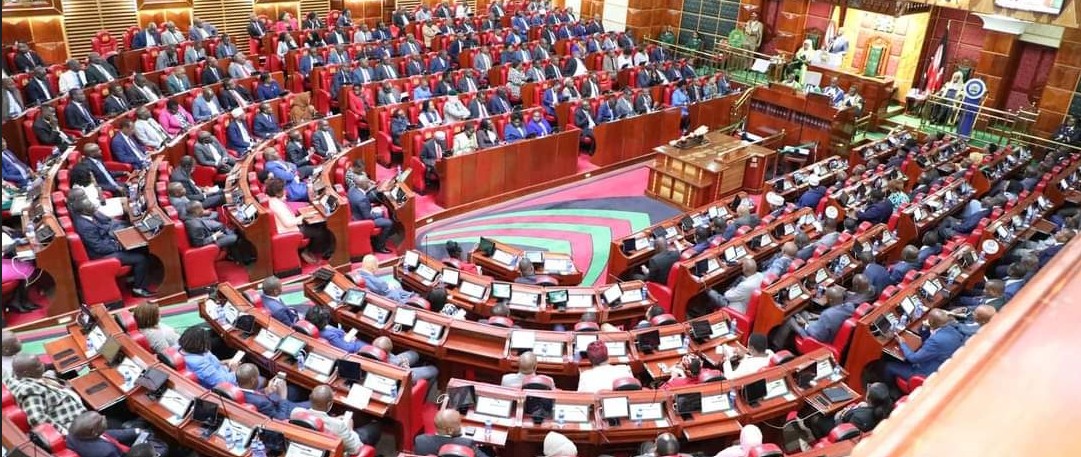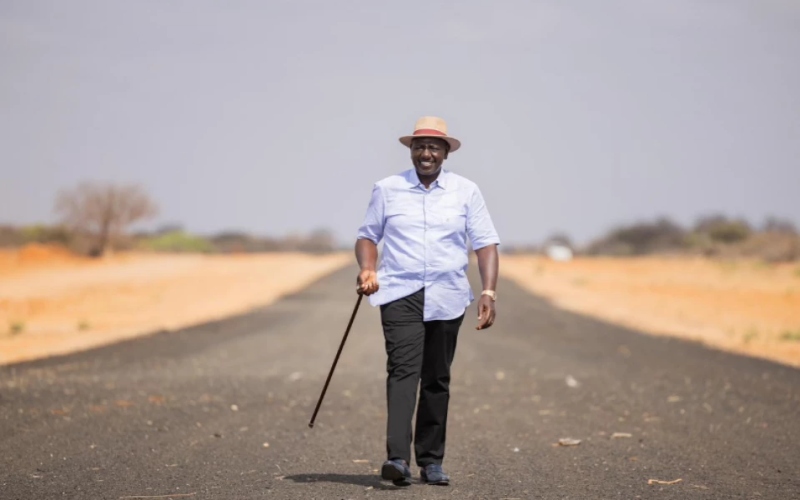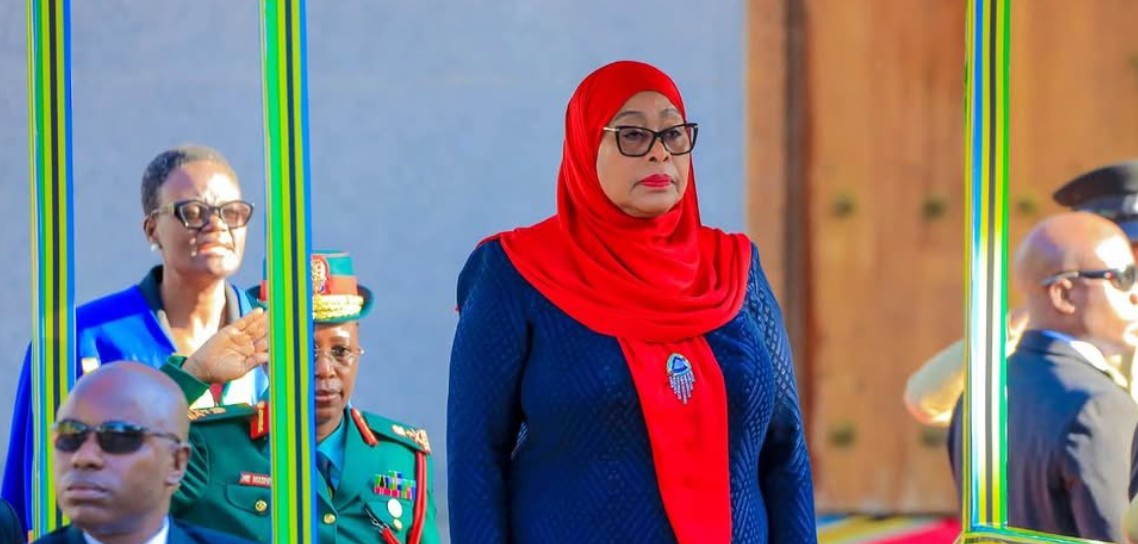OpenAI takes on TikTok, Instagram Reels with new social media app Sora
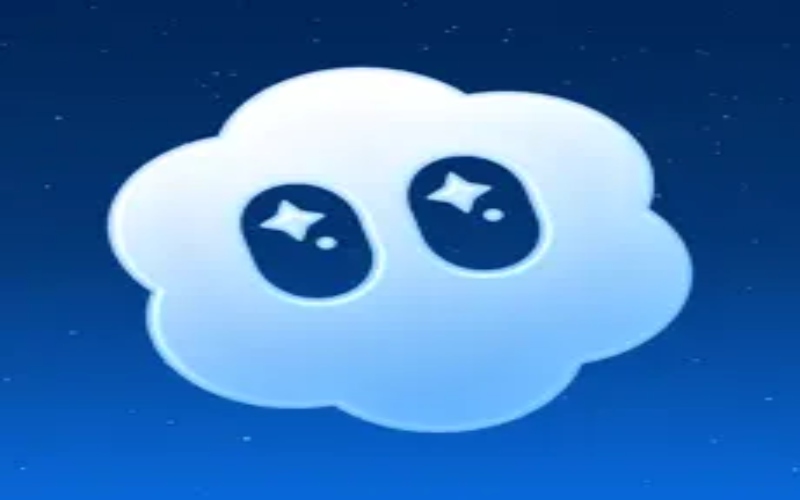
Early feedback will likely shape how the app evolves, whether it becomes a hub of playful experimentation, a professional creative tool, or another crowded battleground in the race for online attention.
OpenAI has stepped directly into the social media spotlight with the launch of Sora, a new iOS app that blends artificial intelligence with the culture of short-form video.
The release marks the company’s boldest move yet into consumer entertainment, placing it head-to-head with Meta’s Vibes, a feature designed to inject AI creativity into everyday social feeds and TikTok and Instagram
More To Read
- Meta to deduct 5 per cent tax on Kenyan creators’ earnings in 2026
- TikTok’s new controls let users decide how much AI content appears on their feed
- Meta unveils new tool to protect Reels creators from content theft
- OpenAI adds group chat to ChatGPT for up to 20 users
- Malian TikToker killed by militants for supporting army
- OpenAI’s AI video generator Sora launches on Android after iOS success
At its core, Sora is powered by OpenAI’s groundbreaking text-to-video model of the same name, first unveiled late last year. The model can generate short, realistic video clips from text prompts, images, or existing video, then transform or remix them in ways that feel both futuristic and deeply personal.
Until now, Sora was largely a behind-the-scenes innovation for developers and select creators. With this new app, it arrives in the hands of everyday iPhone users.
Sora works like a cross between TikTok and an AI lab. Users type a description - say, “a cow skateboarding in the Nairobi CBD at night” and Sora delivers a 20-second clip in full motion.
Existing videos can be reimagined with new settings, colours, or moods. There is also a Remix function, encouraging users to iterate on each other’s work, sparking chain reactions of creative reinterpretation.
But the app is not just about spectacle. A key feature called Cameos lets users volunteer their own likeness to appear in videos, permitting friends to generate content with them in it.
Crucially, OpenAI stresses that cameo owners are treated as co-authors, meaning they can remove their likeness from circulation at any time. Public figures, however, are strictly off-limits unless they opt in themselves.
Why it matters
OpenAI’s move with Sora signals an attempt to make AI video creation as commonplace as typing a tweet or filming a Reel.
In doing so, it places creative power into the hands of people who might never touch video editing software. For artists, marketers, or even casual storytellers, the potential is enormous: concept videos sketched out in seconds, surreal mashups for fun, and new forms of digital collaboration.
Yet, with opportunity comes risk. Critics already warn of an “AI slop” wave, endless streams of low-effort generative content drowning out human creativity.
Others raise alarms over deepfake potential, misinformation, and blurred lines between what is real and what is fabricated. To counter this, OpenAI has embedded visible metadata tags into every Sora-made clip, signalling its AI origin.
For now, Sora is invite-only and limited to iOS users in the US and Canada and has yet to launch in Kenya and other countries.
Expansion to Android and more regions is expected, though OpenAI is moving cautiously.
Early feedback will likely shape how the app evolves, whether it becomes a hub of playful experimentation, a professional creative tool, or another crowded battleground in the race for online attention.
Top Stories Today
